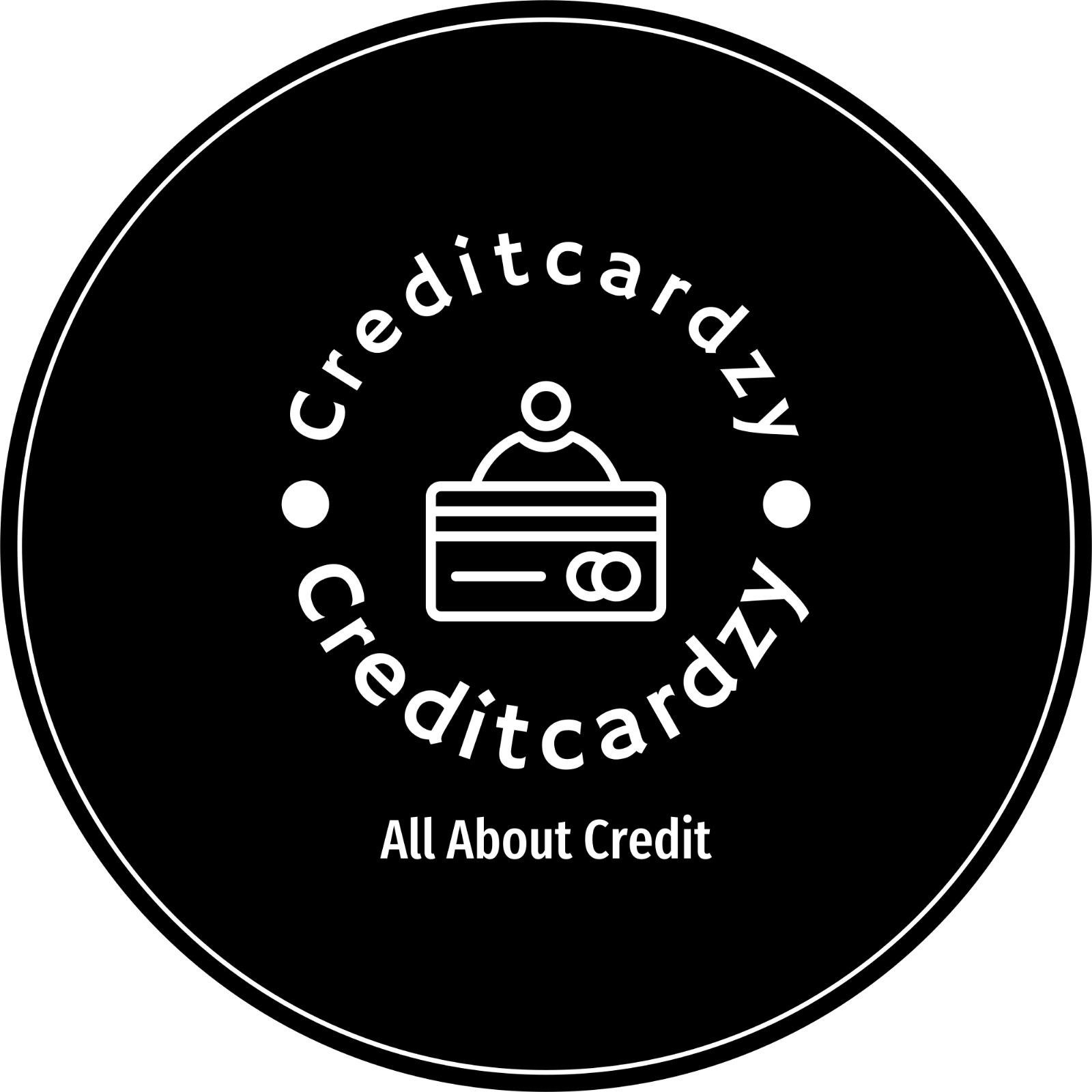High interest rates are one of the biggest drawbacks of using a credit card to borrow money. While you can avoid paying credit card interest by always paying the balance in full, if you do carry a balance, you’ll encounter interest rates much higher than other types of loans. In this article, we’ll explore the factors that go into setting credit card interest rates and share some tips on how to avoid paying a high credit card annual percentage rate (APR).
APR, or annual percentage rate, refers to the annual cost you pay to borrow money from a credit card company or other lender. Credit cards can charge either a fixed or variable APR. Fixed APRs are set by the credit card issuer and do not change, while variable APRs are based on market conditions and can be subject to change. Most credit cards have a variable APR that is determined by the prime rate.
APRs can also vary depending on how you use the card. For example, most credit card companies charge a different APR for purchases, balance transfers, cash advances, and penalty APR if you violate the credit card terms. Some credit cards offer an introductory APR for promotional purposes, often a 0% interest rate for a specified period of time. If you plan to carry a balance when you first sign up for a credit card, it’s recommended to get a card with a zero APR introductory offer to avoid paying any interest for a specific period.
Credit cards generally have higher interest rates than other types of credit, such as personal loans and mortgages. There are several reasons for this. First, credit cards provide a grace period on card purchases, meaning that you won’t pay any interest as long as you pay the purchase balance in full by the due date. Additionally, credit cards are unsecured loans, so the lender is taking additional risk by not requiring collateral. Credit card companies also have higher processing costs due to the volume of daily transactions. Lastly, credit card companies spend millions of dollars each year protecting and reimbursing cardholders from credit card fraud, which is reflected in the interest rates they charge.
There are a few possible explanations for an increase in your credit card’s APR. Missing a payment can result in your credit card issuer replacing your regular APR with a much higher penalty APR. If you signed up for a credit card with an introductory APR offer and that period has ended, your APR will increase. Variable interest rates can also increase periodically throughout the year. Additionally, if your card has a variable APR, your credit card issuer may increase your rate if your credit card balance remains high. Using a cash advance can also result in higher APRs.
To avoid a high APR, it is crucial to pay your balance in full every month. This is the best way to avoid paying credit card interest. If you have good credit, you can access lower APR credit cards, including those with 0% introductory APR offers. It’s also worth considering asking your card issuer for a lower APR if you have a good payment history.
As someone who pays my credit card balance off in full every month, I have avoided high APRs and utilized zero APR introductory offers when making larger purchases. This has allowed me to repay the balance owed over several months without worrying about high interest rates or credit card fees.
In conclusion, most credit card issuers charge variable APRs that can change based on various factors. By paying your balance in full each month, you can avoid high credit card interest rates and APRs. If you must carry a balance, look for a card with a zero APR introductory offer.

